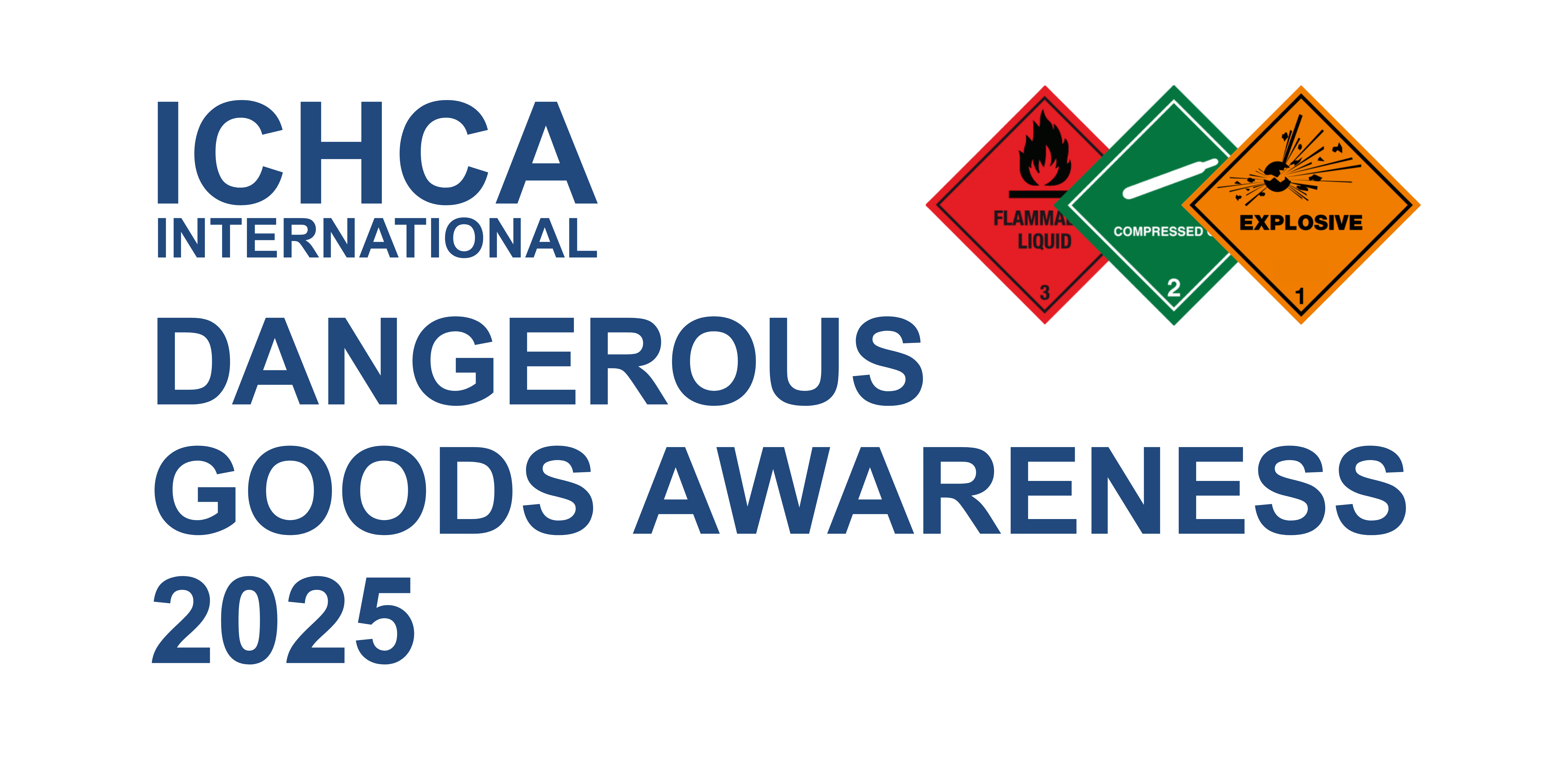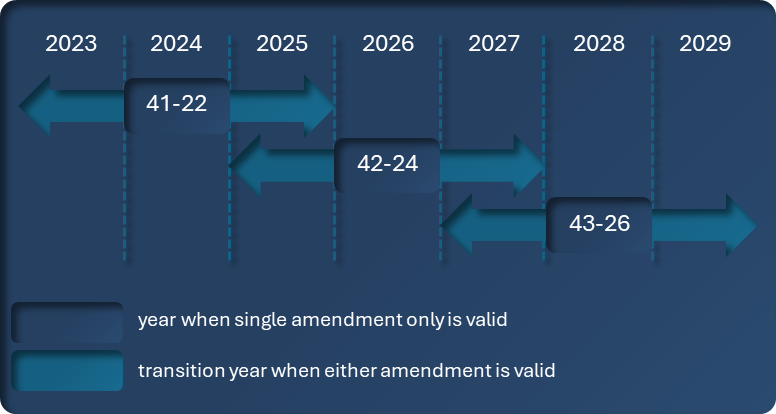This year’s ICHCA campaign has been on the handling and transport of Dangerous Goods. As we approach the end of 2025, we are taking the opportunity to refresh members about the topics we have covered and to remind readers that Amendment 42-24 which has been voluntary, will become the mandated IMDG Code in January 2025. Today’s topic is
Introduction and IMDG Code Amendment Cycle
| Dangerous Goods are successfully handled daily by our industry worldwide. However if something goes wrong, the consequences can be severe. In June 2022 thirteen people died and over 250 were injured in a toxic gas leak at a port. A cable, lifting a tank filled with an estimated 25 tonnes of chlorine, broke. The tank fell and fractured releasing the hazardous gas. |
| Robust safety management of Dangerous Goods is multifaceted and complex. A key component in the toolbox is regulation. Today we start with the International Maritime Dangerous Goods (IMDG) Code which is produced by the International Maritime Organisation (IMO) and is on the front line of safe transport of dangerous goods worldwide. |
| The IMDG Code was developed as an international code for the maritime transport of packaged dangerous goods to enhance and harmonize their safe carriage and prevent pollution. The Code details the requirements for individual substances, materials or articles, including packing, stowage and segregation. The IMDG Code is mandatory under the umbrella of the SOLAS Convention[1]. |



